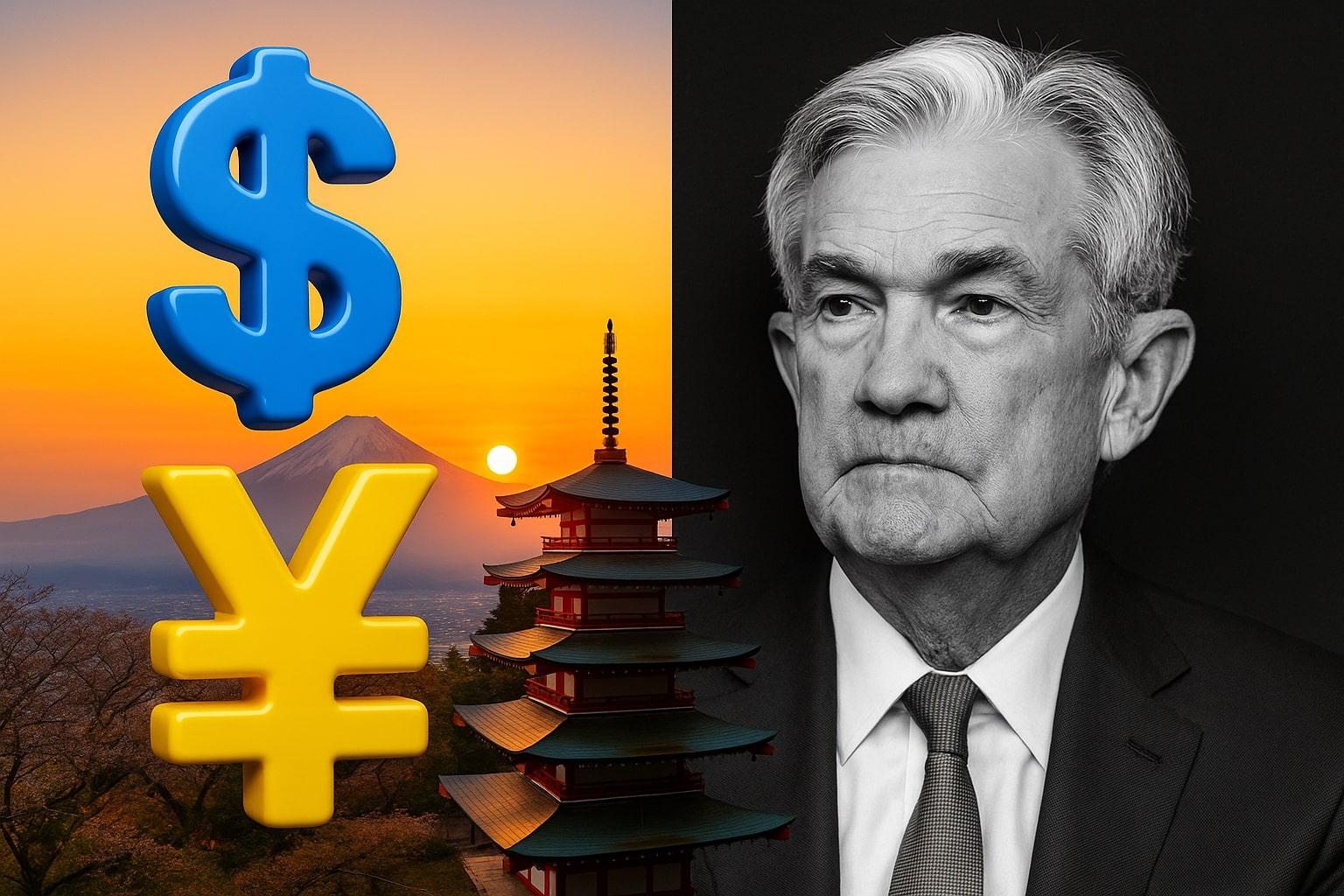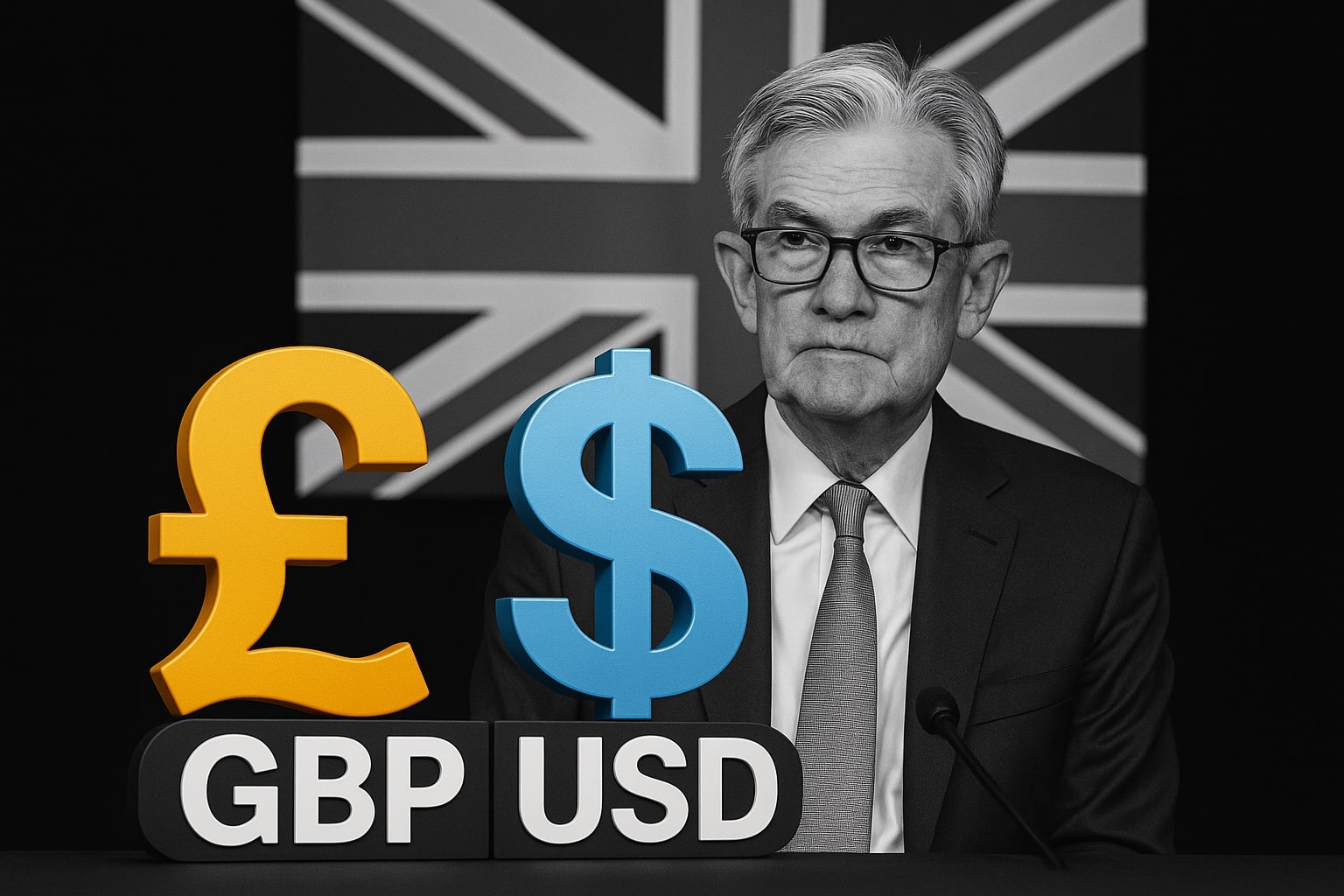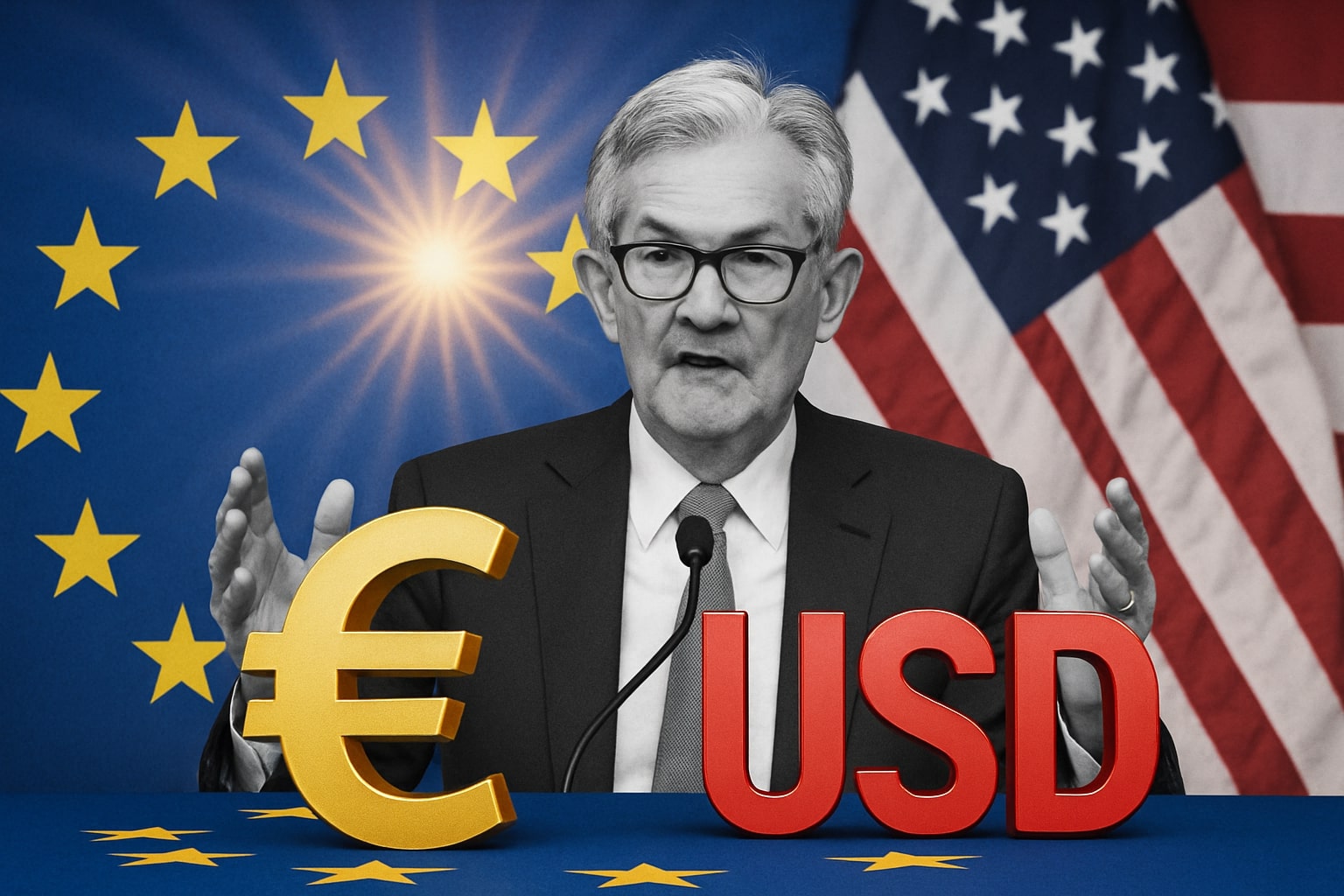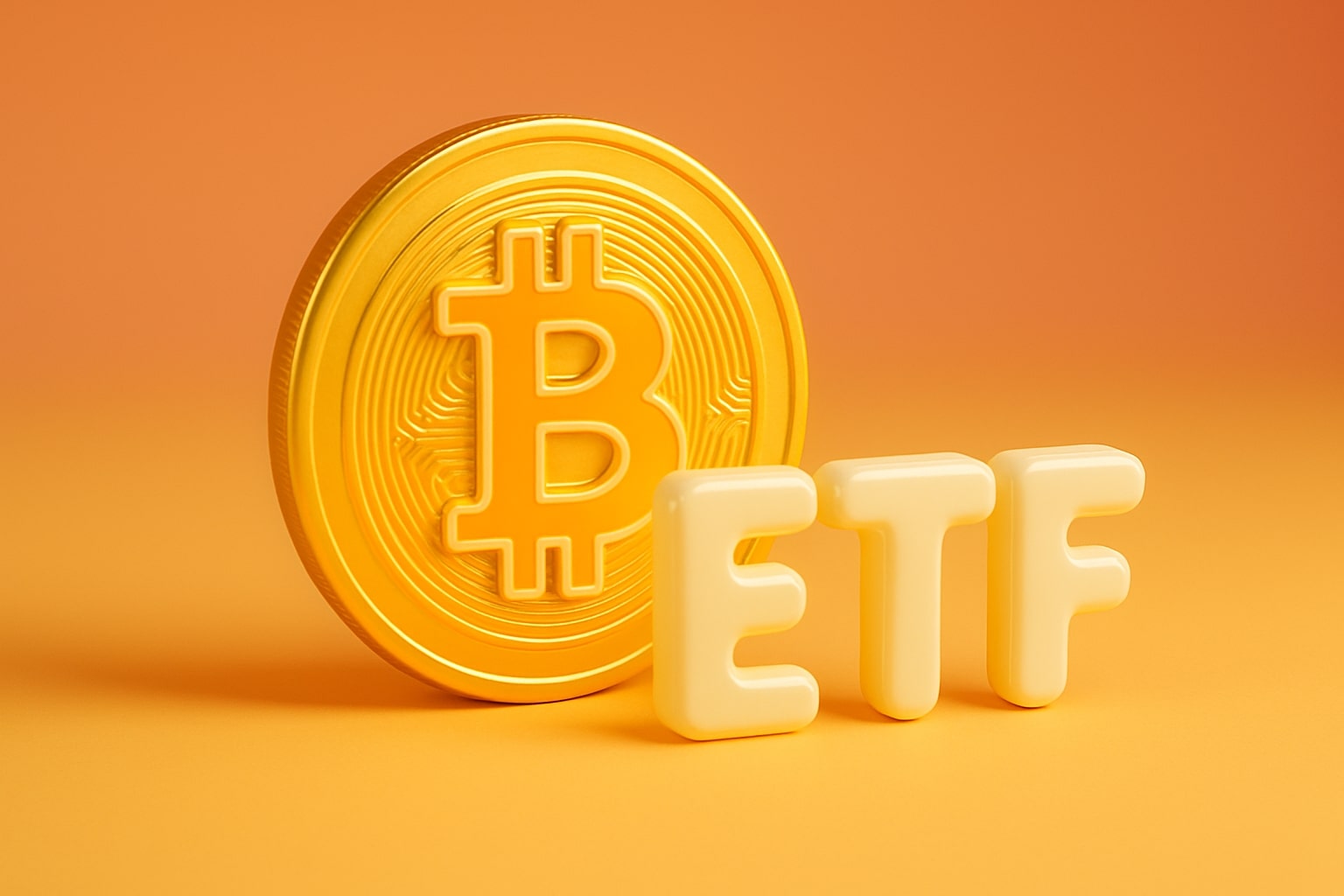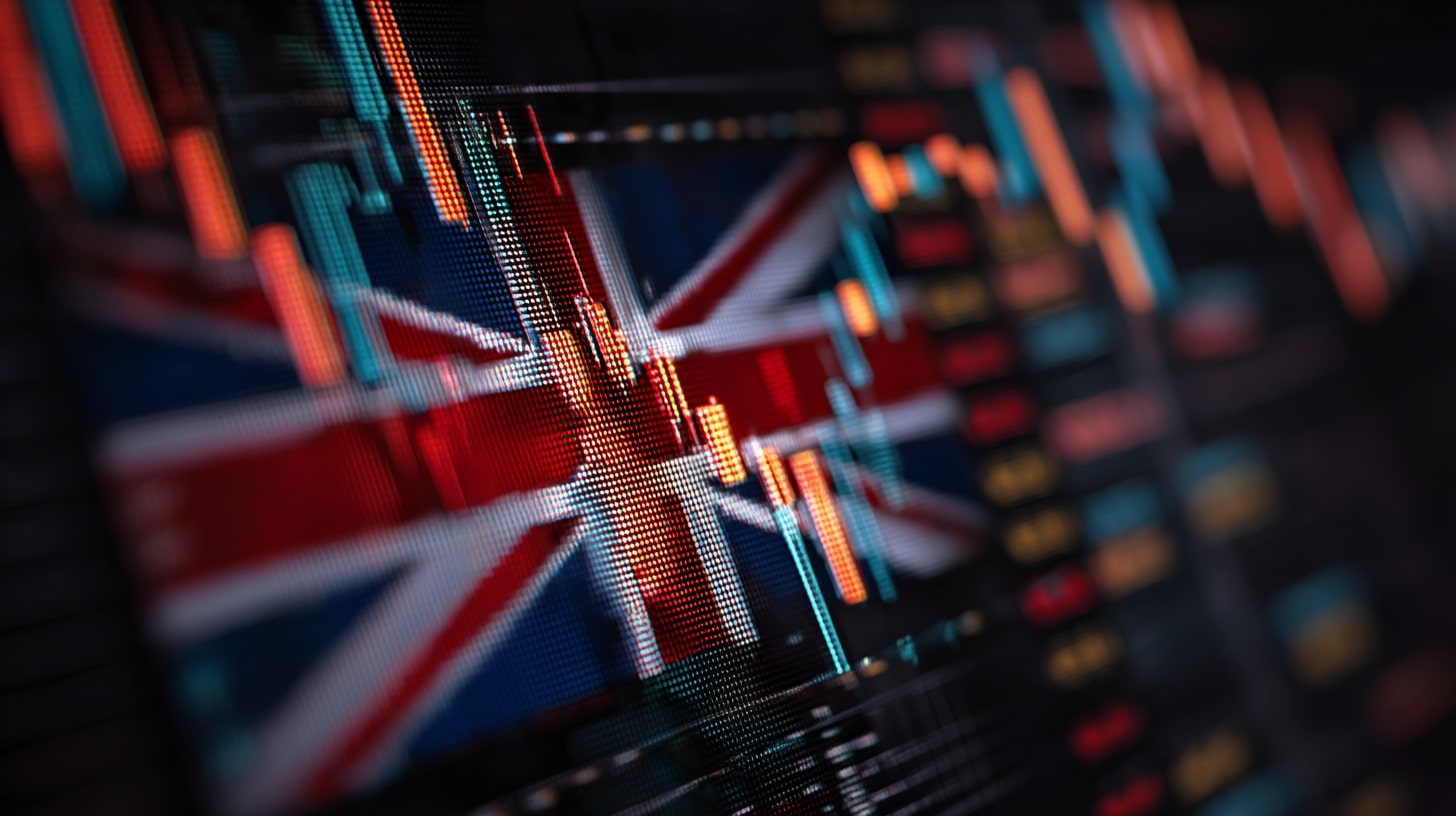
GBP/USD Price: Sterling at 1.3460 Faces UK CPI Shock and Powell Risk
Cable holds 1.3460–1.3500 as sticky UK inflation, BoE uncertainty, and Powell’s Fed stance drive near-term volatility between 1.3400 and 1.3600 | That's TradingNEWS
GBP/USD Price Forecast: Sterling Under Pressure as CPI Surge Meets Fed Uncertainty
GBP/USD (GBPUSD=X) Caught Between UK Inflation Shock and Fed Political Turmoil
The British pound’s trajectory against the dollar has turned volatile after the pair slipped back toward the 1.3460–1.3475 range, reversing from a test of the 1.3500 handle. The latest driver has been a mix of domestic inflation pressures and U.S. political drama, with the cable unable to find lasting direction. On the UK side, inflation for July surprised on the upside, climbing to 3.8% year-on-year, higher than the previous 3.6% and above consensus forecasts of 3.7%. Services inflation surged to 5%, underlining sticky domestic price pressures and forcing traders to rethink how much room the Bank of England actually has to continue easing. The BoE had already cut rates earlier this month to 4% in a split 5-4 decision, and its forward guidance suggested a slow path back to target — with inflation expected to moderate to 3.6% by December 2025 and only reaching 2% by mid-2027. This new inflation print throws that trajectory into doubt. The probability of another rate cut in December has already fallen from 50% to 42%.
On the U.S. side, the dollar is being lifted by turmoil at the Federal Reserve after Governor Lisa Cook was accused of mortgage fraud, with reports alleging falsified property records. President Trump has openly considered firing Cook, stoking fears of politicization at the Fed. This uncertainty has pushed some traders toward dollar safety, weighing on GBP/USD momentum.
Sterling’s Relative Performance in the Currency Complex
The weekly performance heat map shows the British pound losing 0.61% against the U.S. dollar and 0.16% versus the euro, while falling more steeply against the yen at -0.75%. Sterling showed relative strength against commodity-linked peers, gaining 0.57% against the Australian dollar and 0.95% versus the New Zealand dollar, highlighting its inflation-driven undercurrent of support despite broader weakness.
Technical Structure: Double Top and Key Levels in GBP/USD
From a chart perspective, GBP/USD is flashing mixed signals. The rejection at 1.3590 established a potential double top, while the subsequent decline through the 23.6% Fibonacci retracement of the 1.3140–1.3594 rally tilts bias to the downside. The 50-day SMA near 1.3495 failed to hold, leaving the pair exposed to support at 1.3450, with further risk down to the 100-day SMA at 1.3403. Below that, the 1.3400 round number represents a pivotal zone where buyers have historically stepped in. Momentum gauges confirm the strain: the RSI is slipping toward neutrality after holding bullish for most of August, while MACD signals continue to flatten. On the topside, a reclaim of 1.3500 would open a move back to 1.3575–1.3600, with the August 14 peak at 1.3594 serving as resistance.
Macro Calendar and Powell’s Jackson Hole Test
Beyond the inflation data, markets are bracing for the FOMC minutes, U.S. jobs figures, and Powell’s remarks at the Jackson Hole symposium. Fed fund futures price an 84.9% chance of a September 25 bp cut, down slightly after hot U.S. PPI data and sticky inflation. President Trump’s open pressure on Powell to weaken the dollar complicates the outlook. The risk is that Powell leans hawkish in response, which would firm the greenback and push GBP/USD toward 1.3400. Conversely, any hint of dovishness could spark a rebound above 1.3600 as traders front-run easing.
UK Inflation Dynamics and BoE Outlook for GBP/USD (GBPUSD=X)
Looking deeper, the persistence of UK inflation is problematic for the BoE. Core CPI has now risen six consecutive months at 0.2% MoM, and the retail price index climbed 0.4% MoM and 4.7% YoY, suggesting price growth is broadening. Governor Andrew Bailey described the policy outlook as “finely balanced,” but with services inflation at 5% and real wages under pressure, the BoE risks credibility if it continues cutting rates aggressively. Overnight index swaps now reflect only a 16% probability of a November cut and 60% odds of one cut within the next year. For sterling, this repricing is constructive in the medium term, but political risks in the U.S. mean GBP/USD remains headline-driven.
Geopolitical Relief and Market Sentiment
Some temporary support for the pound has come from geopolitics. Optimism about a ceasefire in Ukraine — with talks involving Trump, Zelensky, and Putin — briefly helped GBP/USD stabilize around 1.3500, offsetting risk aversion from U.S. political headlines. But without concrete progress, these gains remain fragile.
Trading Stance: Buy, Sell, or Hold?
Given the blend of stubborn UK inflation, fading BoE cut odds, and U.S. political turbulence, GBP/USD at 1.3460–1.3500 looks more neutral than outright bearish. Sterling has underlying support from inflation dynamics, but dollar demand could strengthen quickly if Powell resists Trump’s pressure at Jackson Hole. For positioning, dips toward 1.3400 are likely to attract buying, while rallies beyond 1.3600 should face resistance. Netting the fundamentals, technicals, and political risk, the bias is for a hold stance here, with traders eyeing Powell as the near-term catalyst that could decide whether GBP/USD breaks toward 1.3400 support or reclaims the 1.3600 resistance zone.
That's TradingNEWS
Read More
-
VOO ETF Hits $630 as Fed Shift and AI Growth Power 2026 Rally Toward $700
07.12.2025 · TradingNEWS ArchiveStocks
-
XRP ETFs XRPI & XRPR Aim for $1B Inflows as XRP Holds $2.02 Support
07.12.2025 · TradingNEWS ArchiveCrypto
-
Natural Gas Price (NG=F) Rallies to $5.29, Freezing Temperatures Spark Bullish Breakout
07.12.2025 · TradingNEWS ArchiveCommodities
-
USD/JPY Price Forecast - Dollar Extends Slide to 154 as BoJ Hawkish Pivot Drive Yen Toward 150
07.12.2025 · TradingNEWS ArchiveForex














